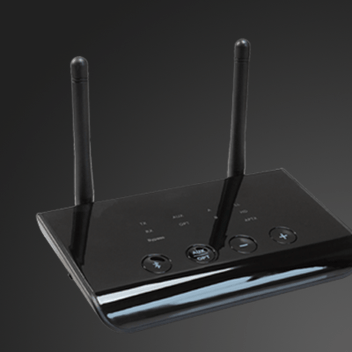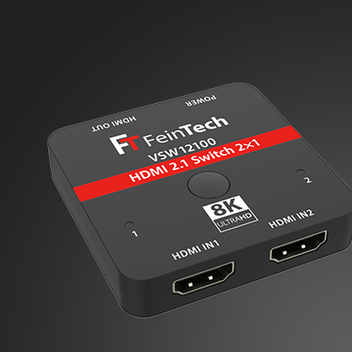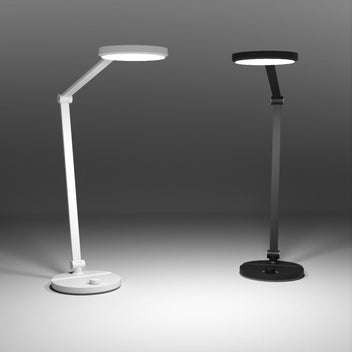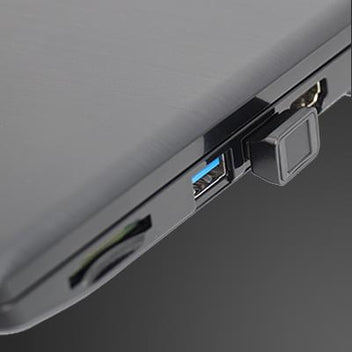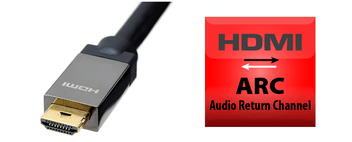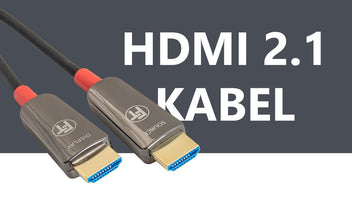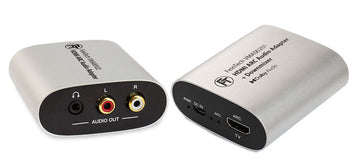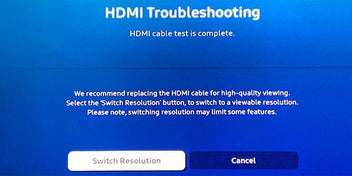What is an HDMI audio extractor used for?
An HDMI Audio Extractor is a handy device that allows you to extract audio signals from an HDMI signal and route them to separate audio output devices. In today's multimedia world, where both audio and video formats provide high-resolution content, the need of flexible audio and video connections. With an HDMI audio extractor, you can take advantage of HDMI technology and simultaneously integrate different audio systems, such as soundbars, headphones or home theater systems.
You will often need an HDMI audio extractor in home theaters, presentation rooms or professional audio setups where high-quality sound and versatile connection options are required. By separating audio and video, you can choose the audio output that best suits your needs - be it via analog stereo outputs, digital audio outputs or HDMI audio or HDMI ARC/eARC . This flexibility makes an HDMI audio extractor an indispensable tool for integrating various media sources and devices without compromising the quality of the audio and video signal.
What are the differences between HDMI audio extractors?
We offer a variety of variants that offer different functions and support different formats. For all extractors, the same audio format is transmitted to all outputs. This means that stereo and 5.1 sound cannot be transmitted at the same time. You have to decide or set the format on the source (TV or player). You can only use an analog output or Bluetooth on the audio extractor if you limit yourself to stereo sound. Stereo, Dolby Digital and DTS are transmitted via theToslink connection. To play Dolby or DTS, your sound system must be equipped with a suitable decoder. Newer media players provide audio output via HDMI. With a normal HDMI signal, image and sound data are mixed and transmitted over the same cables. The audio and video formats are negotiated automatically. Your player should therefore transmit the optimal signal to the HDMI input of a display or AV receiver.
Nowadays, televisions always have HDMI inputs. Usually one of these inputs supports ARC, the audio return channel. This allows the television to transmit the internal sound (from the tuner, apps or connected players) to a sound system. Such a sound system is often a soundbar. A soundbar has an HDMI-ARC or HDMI-eARC connection, and many have one or more normal HDMI inputs. You connect your player to such a normal HDMI input, and the television or video projector to the HDMI output of the soundbar. However, your soundbar will limit your display if it supports better video formats.
An HDMI audio extractor can help here, to which the player and soundbar are connected. This allows the best audio and video signal to be transmitted. A soundbar or an AV receiver that does not only have an HDMI-ARC port can be optimally operated on an HDMI audio port of the extractor. A soundbar that only has an HDMI-ARC or HDMI-eARC port can only be operated on the AX310 (for example soundbars from Sonos, Devialet or Bose).
An HDMI connection in the HDMI 2.1 version is ideal for gaming, as it also supports action games with 4K 120Hz graphics. For films and home cinema, all audio and video formats up to 4K 60Hz as well as HDR formats are supported by HDMI 2.0.
|
Device |
Entrance | video output | audio output | ARC* | eARC* | power supply |
|---|---|---|---|---|---|---|
| AX110 | HDMI-eARC | without | HDMI Audio | Yes | Yes | USB |
| AX210 | HDMI 2.1 | HDMI 2.1 | Toslink, Aux analog | Yes | Yes | power supply |
| AX211 | HDMI 2.1 | HDMI 2.1 | HDMI Audio | Yes | Yes | power supply |
| AX310 | HDMI 2.1 | HDMI 2.1 | HDMI eARC | Yes | Yes | power supply |
| VAX01202 eARC=ON | HDMI-eARC | without | HDMI Audio | Yes | Yes |
USB |
| VAX01202 eARC=OFF | HDMI 2.0 | HDMI 2.0 | HDMI Audio | no | no |
USB |
| VAX01301 | HDMI 2.0 | HDMI 2.0 | Bluetooth, Toslink, RCA analogue | Yes | no |
USB |
| VAX00102 | HDMI 2.0 | HDMI 2.0 | Toslink, RCA digital & analogue | Yes | no | power supply |
| VAX01203 | HDMI 2.0 | HDMI 2.0 | HDMI audio, Toslink, Aux analogue | no | no | power supply or USB |
*ARC or eARC here means the support of such a connection on the television. So if the television and the extractor support ARC/eARC, the internal TV sound can also be output via the audio output of the extractor.




